Physical therapy scraping tools have gained popularity in recent years as a key component of rehabilitation programs and athletic recovery. These tools, used in techniques such as graston technique and instrument-assisted soft tissue mobilization (IASTM), are designed to help relieve pain, reduce muscle soreness, and break up adhesions in the muscles and fascia. Whether you're an athlete looking to enhance performance or someone seeking pain relief from chronic discomfort, understanding how muscle scraping works can help you make informed decisions about your health.
What Is a Physical Therapy Scraping Tool?
A physical therapy scraping tool is a specialized device, often made from stainless steel instruments, designed for use in soft tissue therapy. These tools are used by physical therapists, chiropractors, and other healthcare professionals to target specific areas of the body. By applying controlled pressure, scraping helps to break up adhesions in the fascia and soft tissue, promoting blood flow to the affected area and stimulating healing.
This practice, rooted in traditional techniques like gua sha, has been modernized for therapeutic use, with tools shaped to target specific areas of the body. Using a scraping tool is often part of a larger rehabilitation program, which may include stretching, exercises, or other modalities like foam rolling or a massage gun.
How Does Muscle Scraping Work?
Muscle scraping works by applying pressure with a specially designed tool across the skin and soft tissue. This creates a controlled microtrauma that stimulates the body’s natural healing processes. By encouraging blood flow to the affected area, it helps to reduce pain, improve range of motion, and support muscle recovery. It’s a quick and effective way to relieve pain, especially in cases of chronic pain, muscle soreness, or tight muscles.
For athletes, muscle scraping can help improve performance by addressing muscle tightness and tension. It also improves circulation, which plays a crucial role in overall athletic recovery.
Benefits of Muscle Scraping
The benefits of muscle scraping are vast, making it a valuable tool in sports medicine and rehabilitation. Here are some key advantages:
- Pain Relief and Injury Recovery
Scraping helps to reduce pain by stimulating blood flow and breaking down scar tissue. It’s particularly effective for conditions like plantar fasciitis, knee injuries, and muscle tension. - Improved Range of Motion
By releasing tightness in the soft tissue, scraping can also improve flexibility and range of motion. - Enhanced Blood Flow
This technique helps to increase blood flow, which is crucial for muscle recovery and overall recovery. - Targeted Treatment
Tools like the graston tool or other IASTM tools allow healthcare professionals to target specific areas, ensuring precise treatment for injured areas.
How to Use a Muscle Scraping Tool
Using a muscle scraping tool at home or with a professional involves a few key steps:
- Preparation
Apply massage oil or massage cream to the skin to reduce friction and protect the surface during treatment. - Application
Adjust the pressure depending on the sensitivity of the area. Start gently and increase as needed to avoid a bit uncomfortable experience. - Target Areas
Focus on tight muscles, sore muscles, or areas with scar tissue. Tools like the wave tool or others used in graston technique can help relieve pain and promote healing.
Is Muscle Scraping Right for You?
While muscle scraping tools aren’t for everyone, they can be highly effective when used appropriately. Healthcare providers recommend consulting with a qualified professional before beginning treatment, especially if you have underlying conditions or a history of injuries.
If you’re considering incorporating scraping into your routine, here are some factors to weigh:
- Do you experience chronic pain or muscle tightness?
Scraping can help with these issues by breaking up tension and adhesions in the muscle tissue. - Are you recovering from an injury?
This technique is often included in sports medicine and rehabilitation programs for conditions like knee injuries or plantar fasciitis. - Do you want to enhance performance and recovery?
For athletes, scraping can speed up healing, reduce pain, and improve circulation, making it a great addition to your athletic recovery plan.
How Does Scraping Compare to Other Modalities?
While scraping offers unique benefits, it’s often used alongside other techniques like foam rolling, myofascial release, and chiropractic care. Each method has its strengths:
- Foam Rollers: Great for larger muscle groups and general soreness.
- Massage Guns: Ideal for quick relief and deep penetration.
- Chiropractic Adjustments: Focused on realignment and nerve function.
Combining these methods can provide a holistic approach to muscle recovery and long-term health.
Common Myths About Muscle Scraping
- It Always Causes Bruising
While mild bruising can occur as part of the body’s healing response, scraping doesn’t always lead to visible marks. - It’s Painful
While it can be a bit uncomfortable, adjusting the pressure ensures a manageable and effective treatment. - It’s Only for Athletes
Scraping is beneficial for anyone dealing with chronic pain, muscle soreness, or tension—not just athletes.
Closing Thoughts: Consult a Professional
To experience the benefits of muscle scraping, it’s essential to consult with a qualified healthcare provider. Whether you’re dealing with tight muscles, recovering from a knee injury, or looking to improve your range of motion, this technique can offer a safe and effective solution when done correctly. Book your appointment today and take the first step toward long-term health and improved muscle recovery.
The two—channel electric massager is your personal assistant in maintaining health and well-being. Combining efficiency and convenience, it allows you to enjoy the benefits of professional massage at home. You can buy this device at the best price in our online store.
Key Takeaways:
- A physical therapy scraping tool helps with soft tissue therapy by improving blood flow and promoting healing.
- Techniques like the graston technique and IASTM are used to break up adhesions, reduce pain, and improve flexibility.
- It’s a quick and effective method for pain relief, muscle recovery, and enhancing range of motion.
- Always use tools under the guidance of a healthcare professional for the best physical outcomes.
- Combining scraping with other modalities like foam rolling or massage guns can further enhance results.

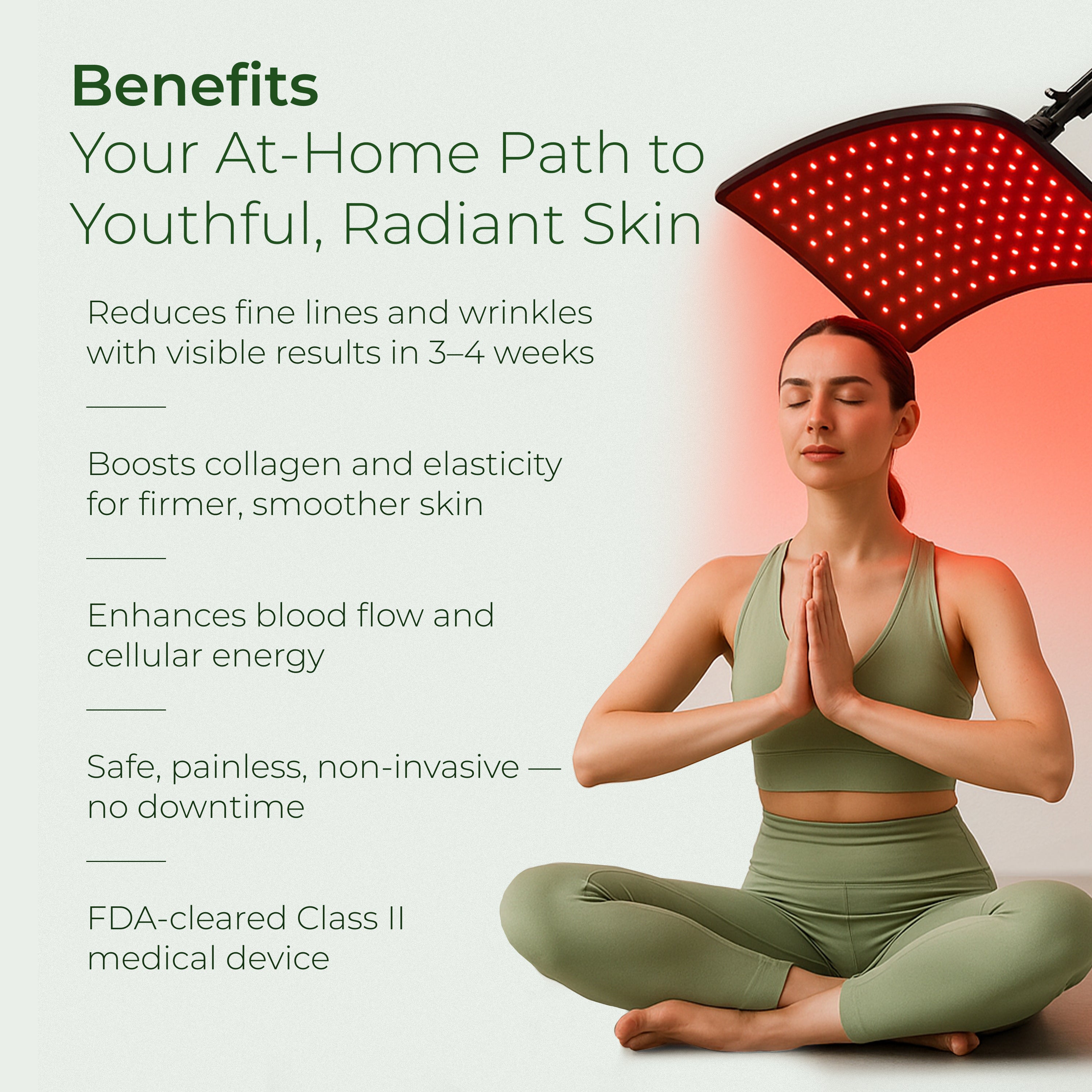
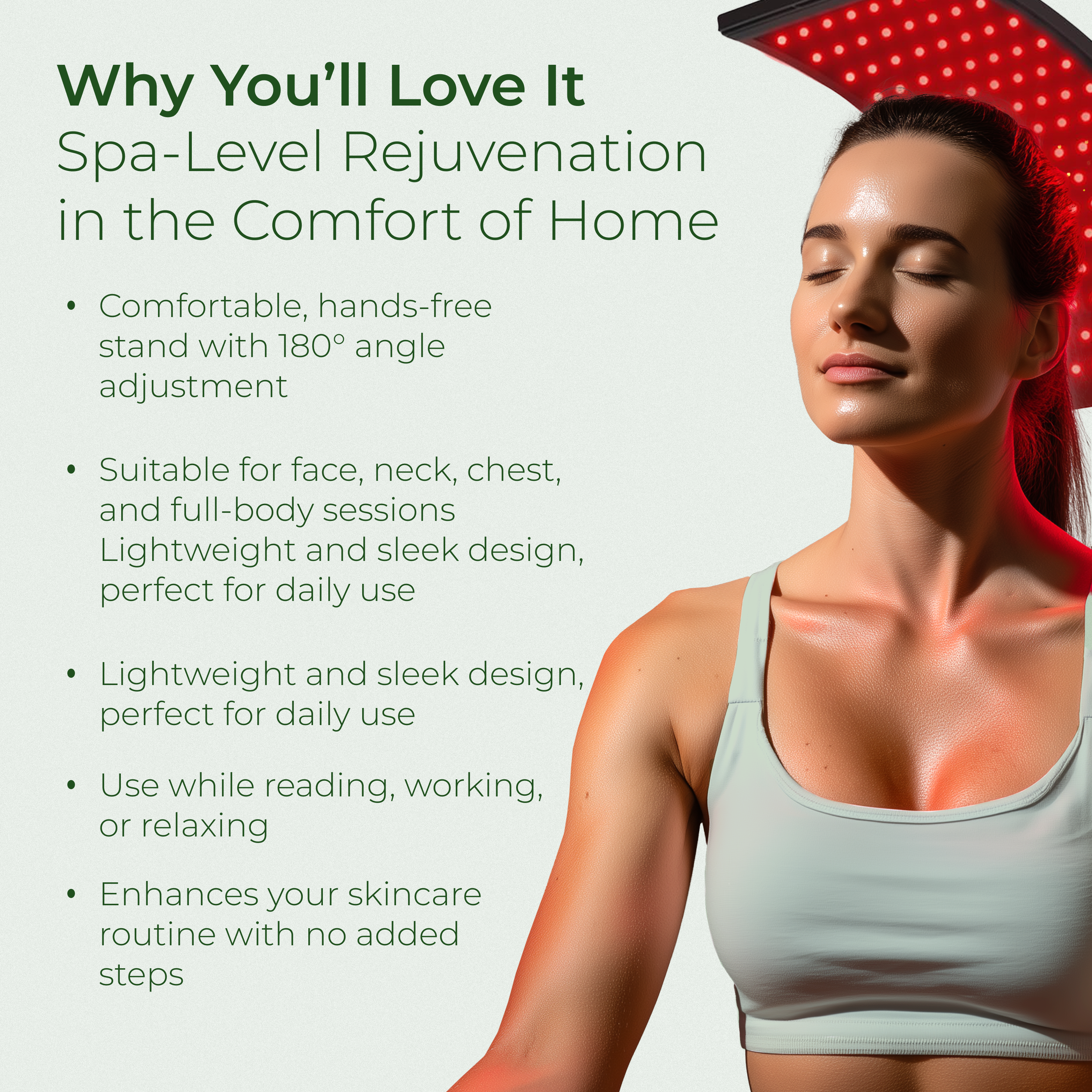
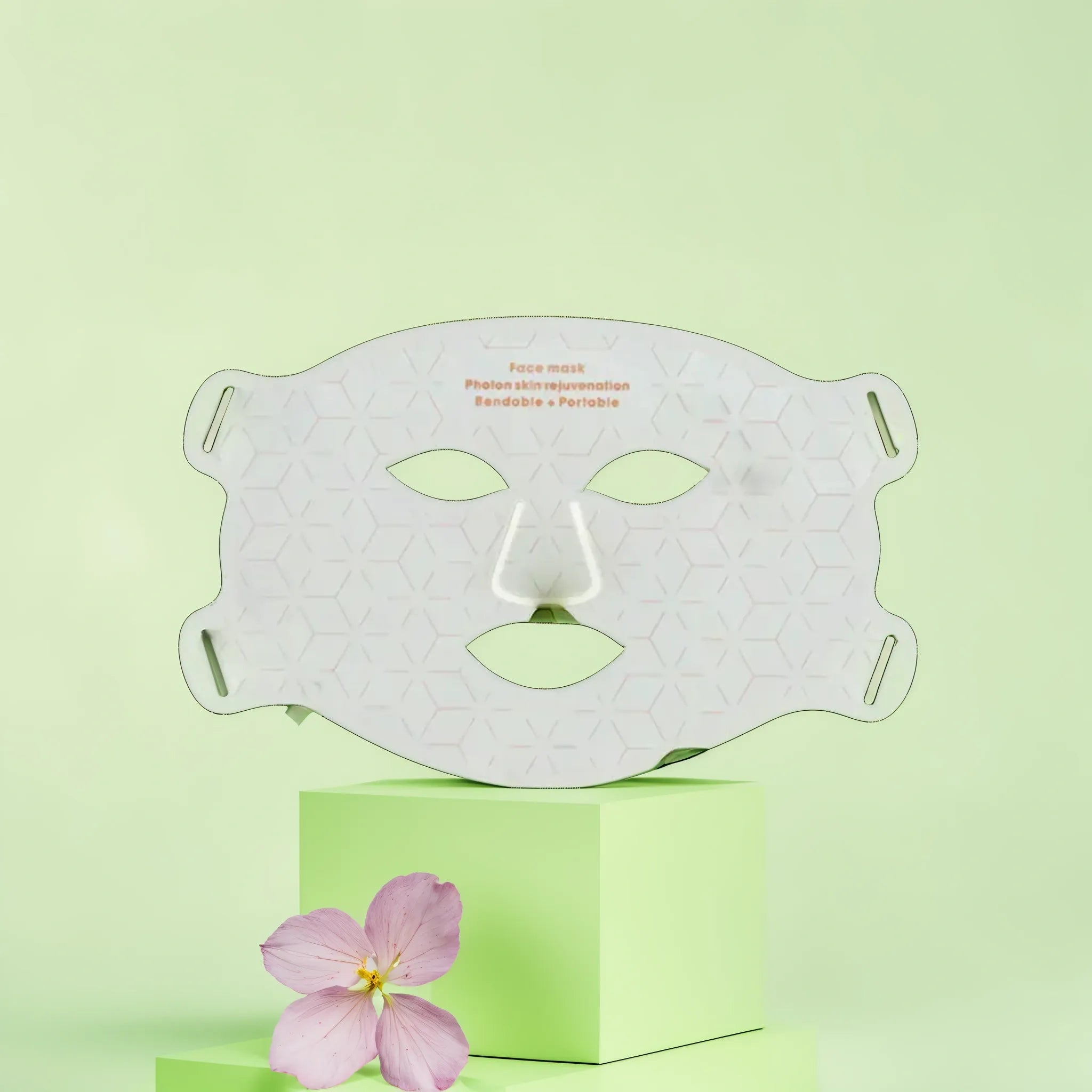
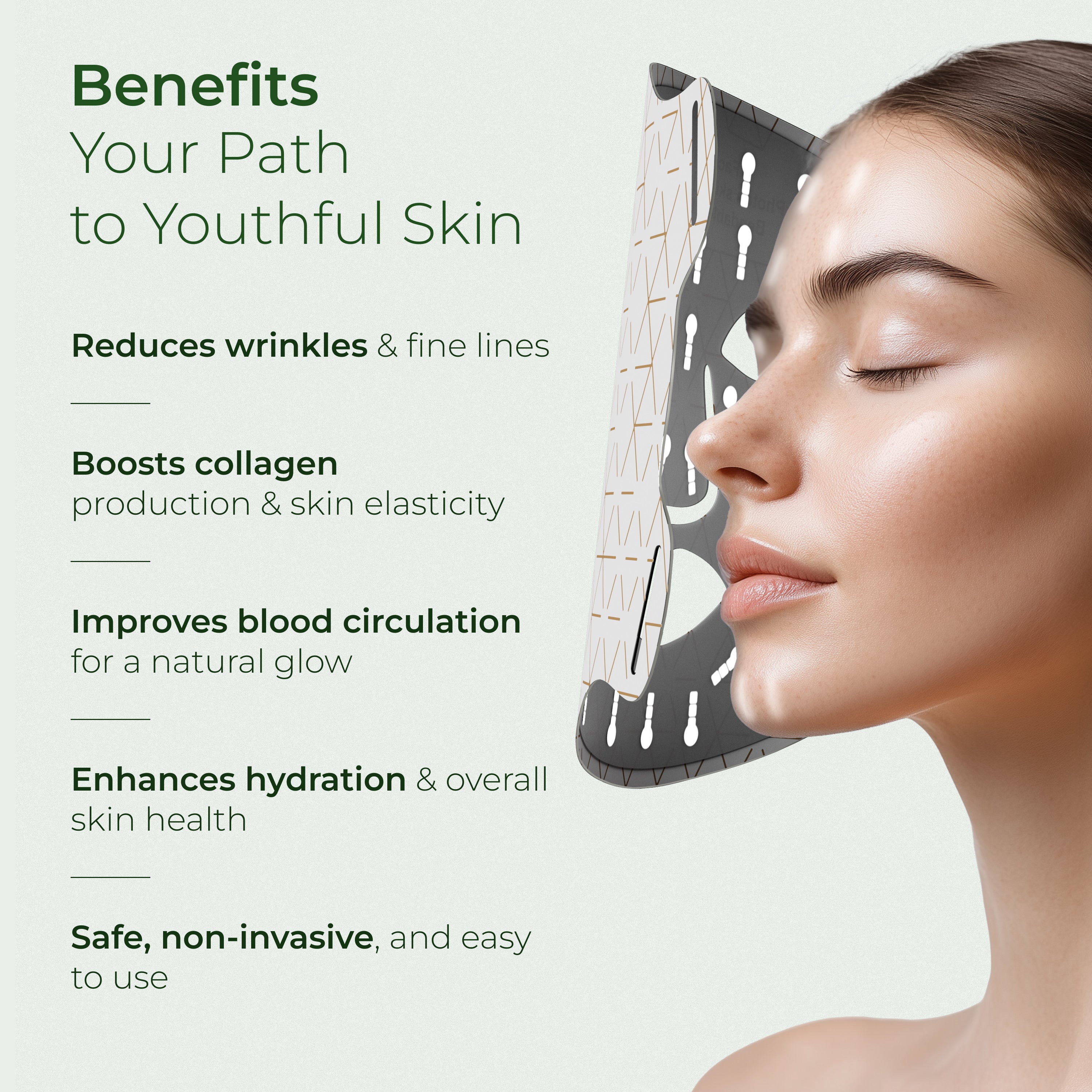


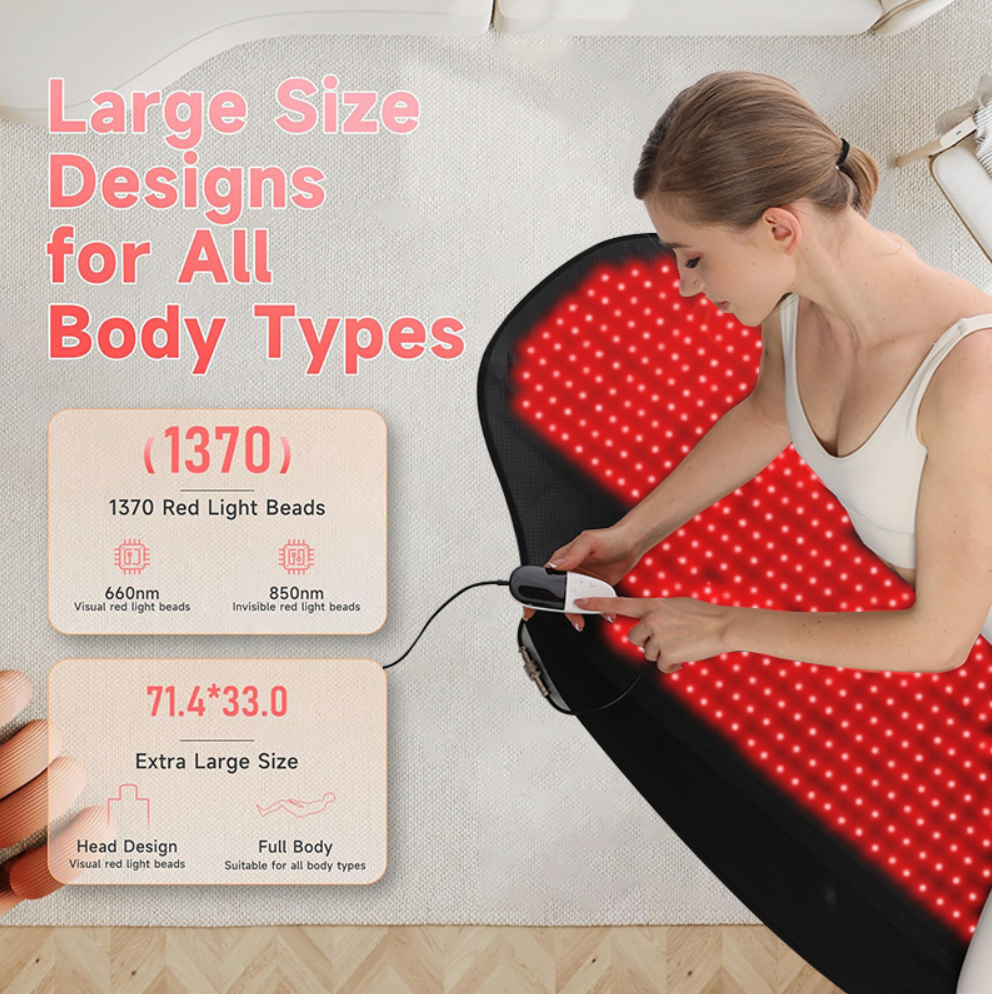
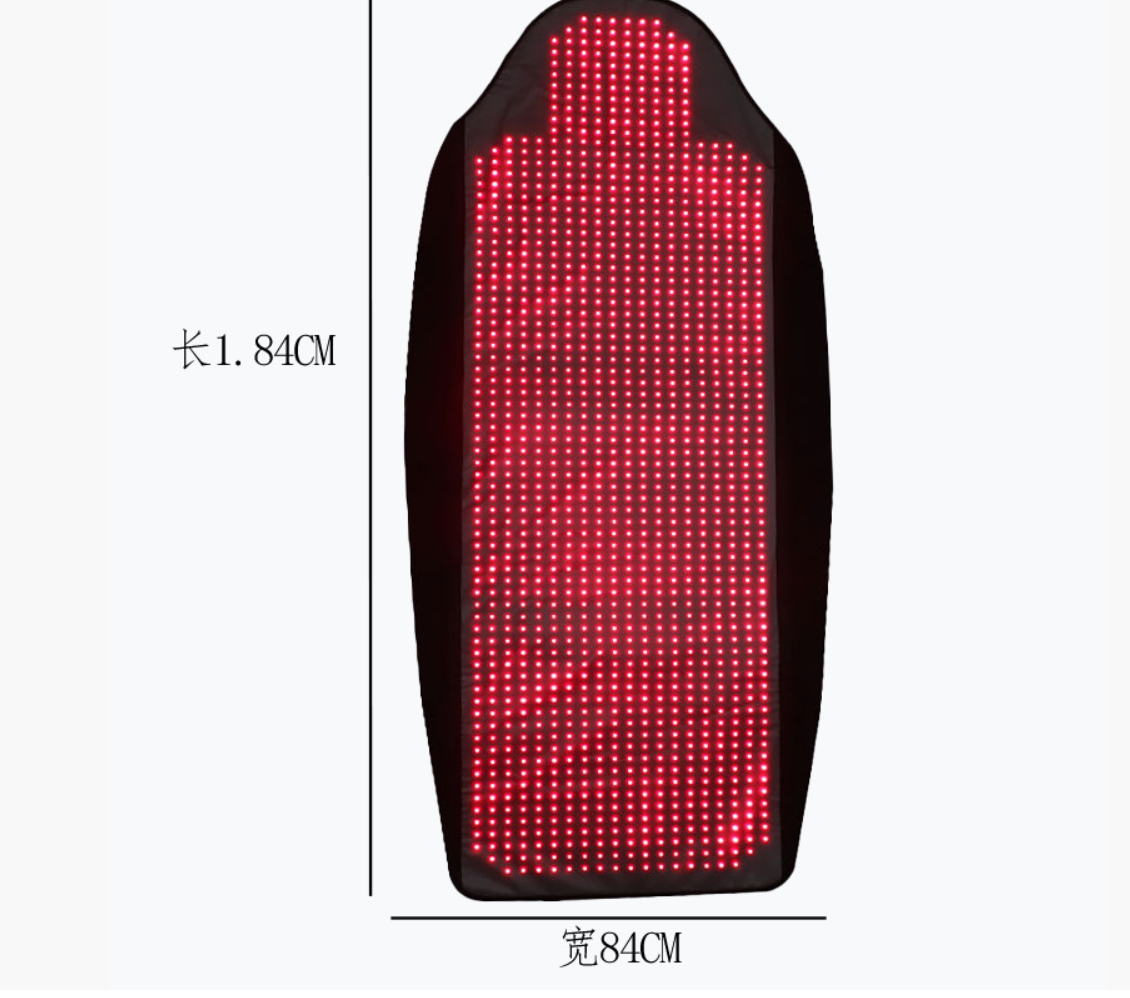
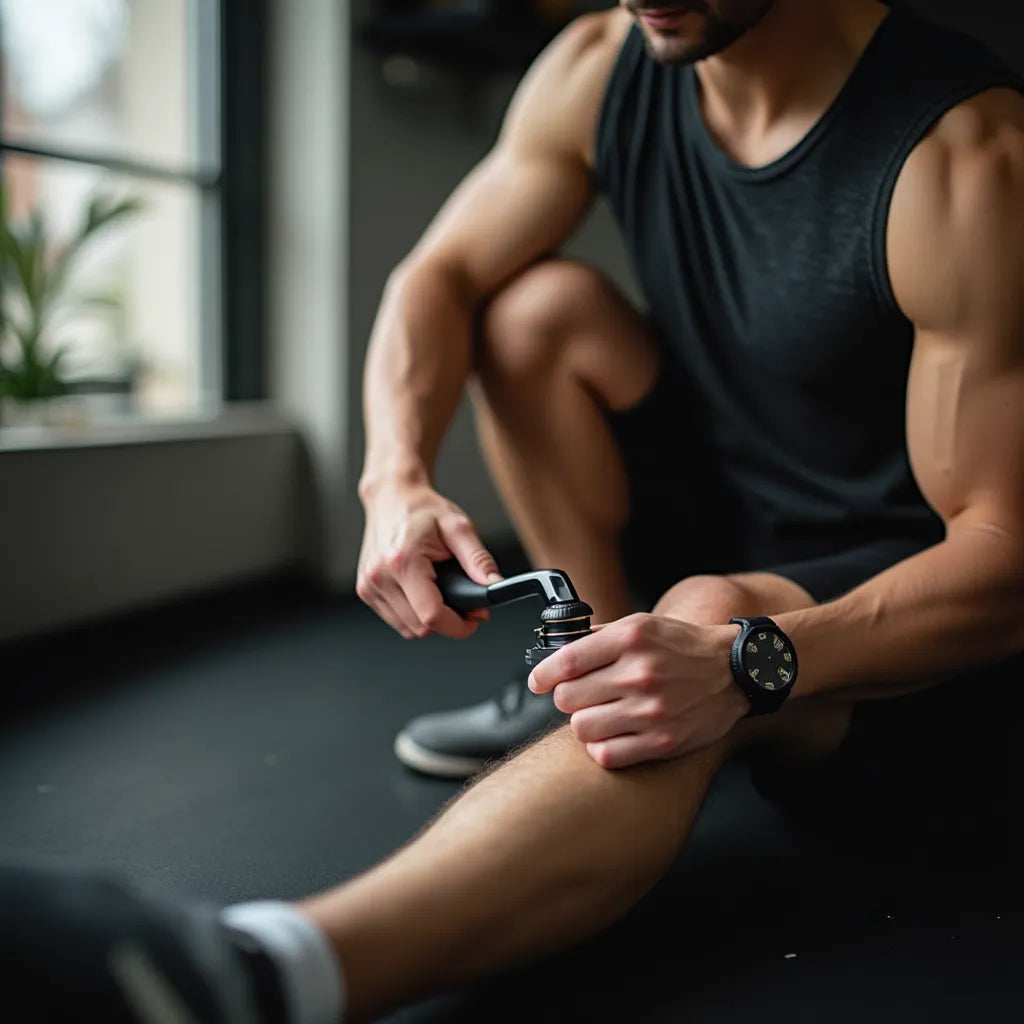
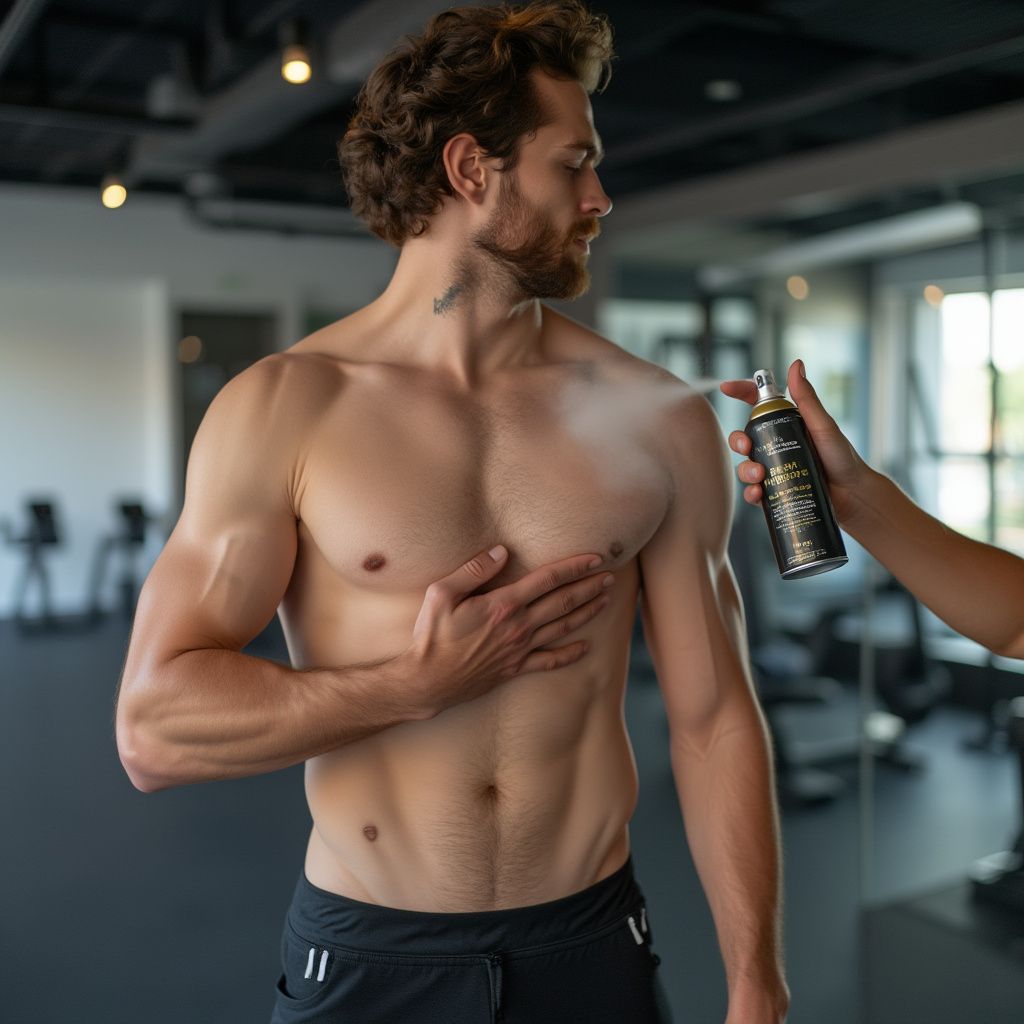

Deixe um comentário
Este site está protegido pela Política de privacidade da hCaptcha e da hCaptcha e aplicam-se os Termos de serviço das mesmas.